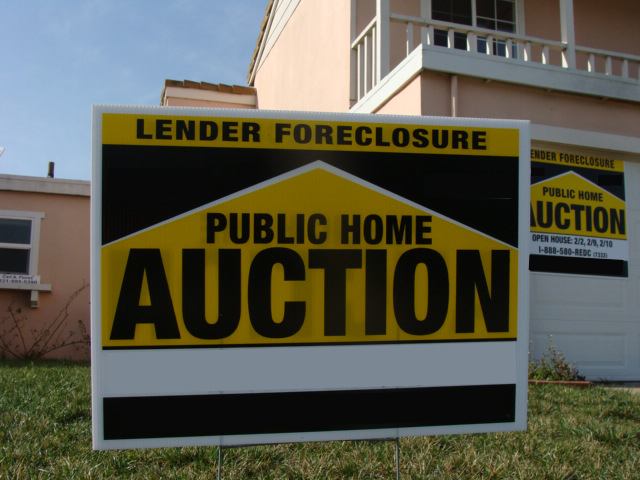 For many, homeownership begins with the picket fence, but ends in foreclosure. Researchers from the University of Houston Hobby Center for Public Policy (HCPP) examined the factors that contribute to Houston foreclosures, and the programs and policies needed to prevent them.
For many, homeownership begins with the picket fence, but ends in foreclosure. Researchers from the University of Houston Hobby Center for Public Policy (HCPP) examined the factors that contribute to Houston foreclosures, and the programs and policies needed to prevent them.
“This study not only examines an important social issue, but it also was intended to contribute to the way we study foreclosures,” said Jim Granato, professor and chair of the Hobby Center for Public Policy. “The team we assembled developed a pilot study surveying the same individuals over different points in time. It introduced many challenges, not the least of which was a hard-to-track survey population, but the benefits of examining the reasons an individual’s circumstance changes can serve as a base of knowledge that could contribute to meaningful policy initiatives.”
The Houston Housing Study was funded by a grant from the National Science Foundation.
The 16-month study examined households in five Houston communities: Third Ward, East End, Southwest Houston, West Houston and the 1960 area. The respondents answered survey questions at different points in time to examine how their situation had changed or remained the same.

Buying a home can be an overwhelming and complicated endeavor. Most respondents said they had a basic grasp of mortgages, interest rates and inflation. Slightly more than half said they conducted research or sought advice prior to purchasing a home. Still, 36 percent of respondents applied more than once for mortgage loans—some up to 10 times—saying bad credit histories denied them loans. When faced with foreclosure, more than 80 percent say they had no “rainy day fund” to cover emergencies.
“An increase in financial literacy benefits the homeowner, definitely,” Granato said. “This helps to guard against the vulnerabilities that emergencies present and the ‘surprises’ that, for example, adjustable mortgage rates can bring. Public and private institutions should take a more active role in advising about the risks of taking out a mortgage and the need to create back-up plans.”
Among the study’s findings:
- On average, foreclosure began seven years after the purchase of a home
- 90 percent of respondents were employed when they purchased a home, but 46 percent remained employed when the foreclosure process began
- 63 percent say financial problems began before foreclosure with missed or late credit card payments
- 61 percent of respondents say loss of income due to unforeseen medical expenses led to foreclosure
- Financial problems continued after foreclosure with 54 percent saying their utilities had been cut off; 23 percent lacked money for food
- Some loans were associated with households purchasing homes beyond their means
- 37 percent of respondents thought government incentives encouraged lenders to take advantage of homebuyers
Nearly half of respondents say they worked out a plan with their bank to stay in their homes while going through foreclosure. Still, the strain on finances and the threat of losing the home was reflected within the family and other relationships. Respondents say the foreclosure process led to marital difficulties or divorce, and had a negative impact on their relationships with friends and neighbors. Many reported poor academic performance from their children, with many having to be uprooted from their schools. Forty percent of respondents say their kids experienced negative changes to their emotional well-being.
“For many, investing in a home is the most important financial decision they’ll make,” Granato said. “There are signs and triggers that foreclosure is a threat, and policies should be implemented to detect these and provide assistance before the foreclosure process even begins.”